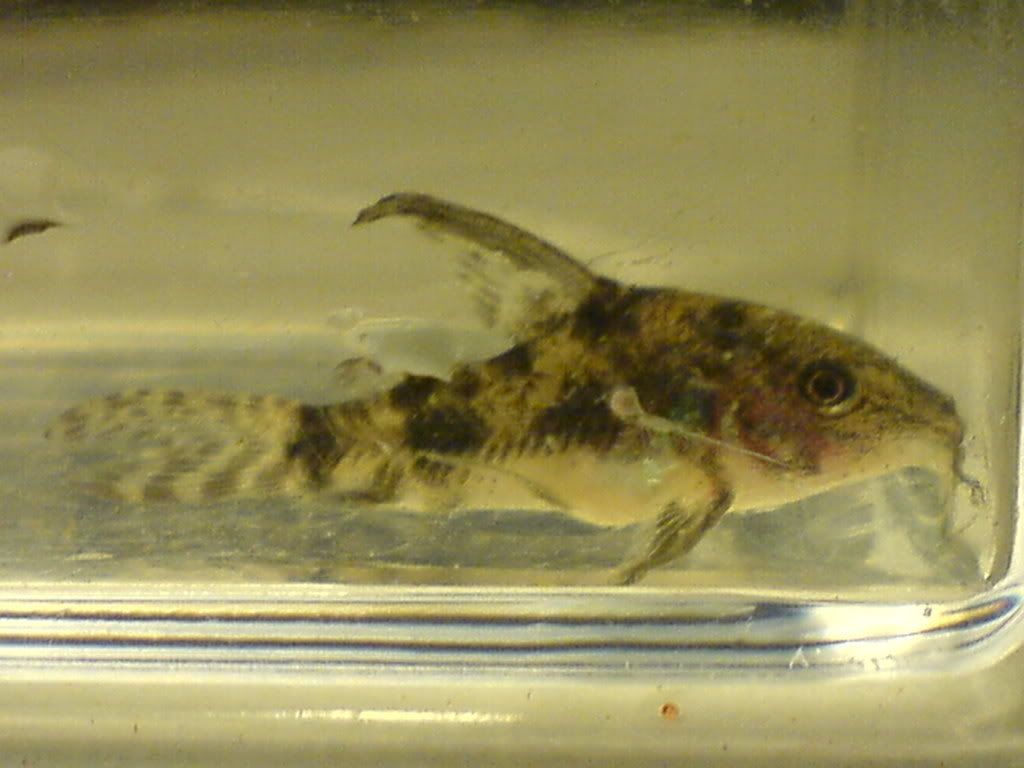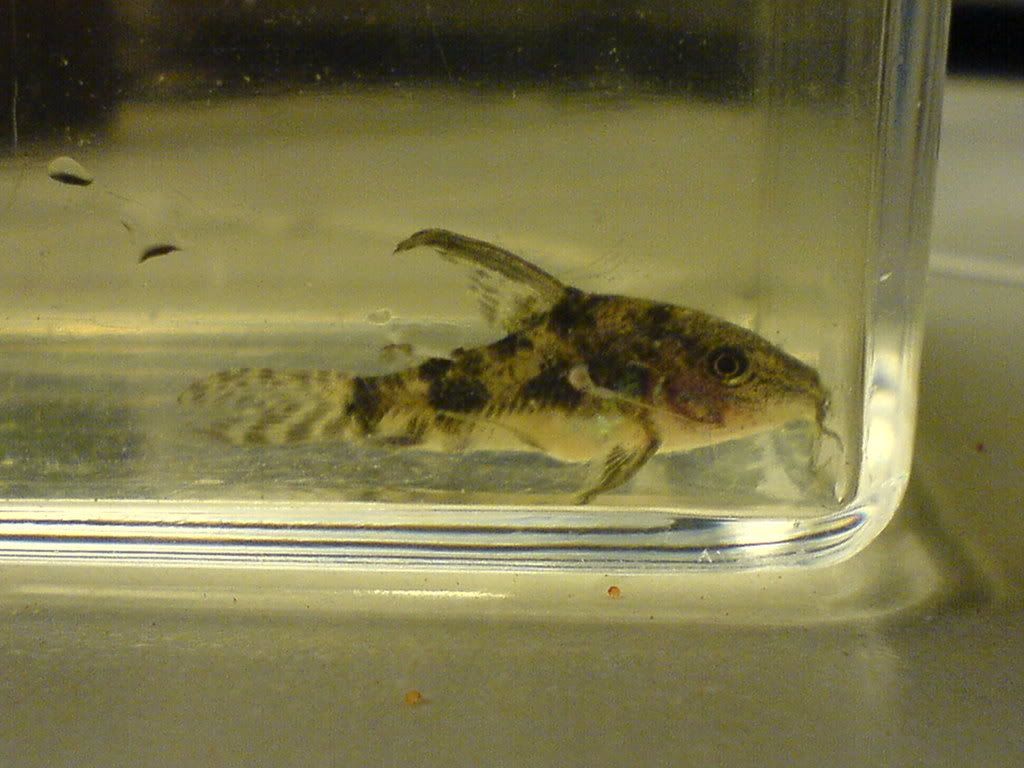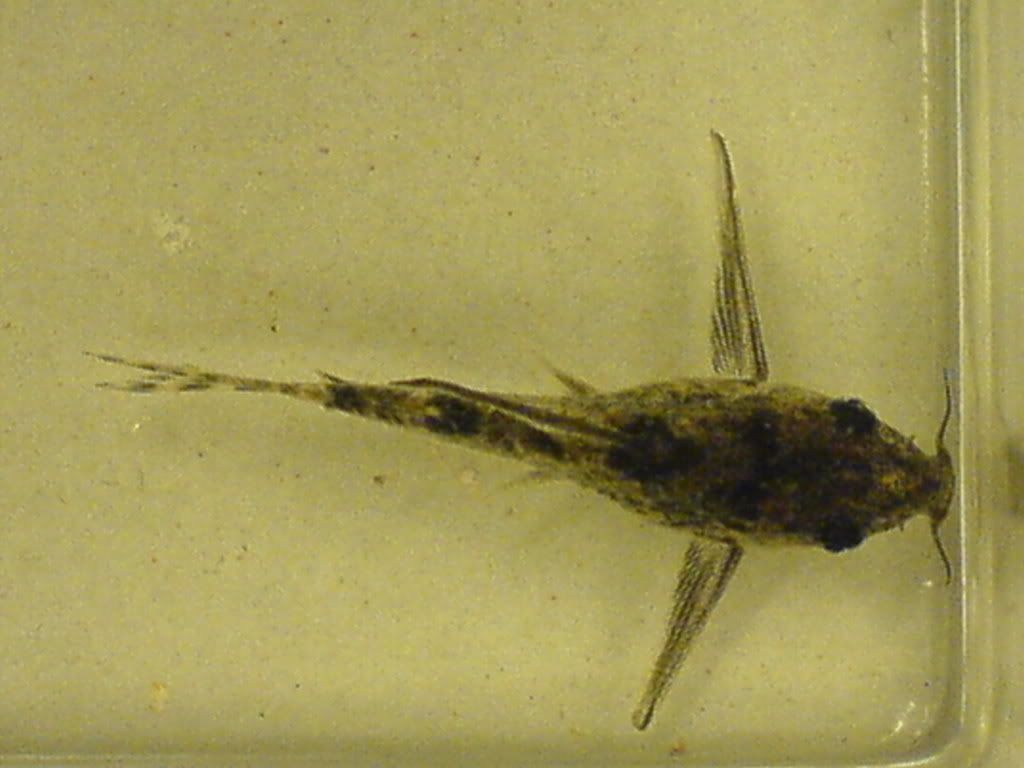
[/img]


Hi Ian,Coryman wrote: When you look at groups of these fish they show characteristics from both species, making it virtually impossible to tell what species they actually are.
Ian
Hi apistomaster,apistomaster wrote:I think it is just an underfed and somewhat misshapen common Corydoras paleatus. Other than it is a starved fish it is what the males look like after they are 18 to 24 months old.
I conclude this based on my local knowledge of the wholesale tropical fish business in Seattle where Neoncory lives. They sell only SE Asian bred C. paleatus and I can tell you from experience that the frequency of malformed fish is rather high. Many are foreshortened as compared to the wild fish as a standard for comparison. They don't have a reason to bring in a paleatus appearing wild Corydoras. Hard to explain but only one large operation in Seattle sells 90% of the area's fish.
They deliver weekly replacing only what has been sold which allows the shops to practice "just in time inventory." They pay dearly for the convenience but then again they can have variety with fewer tanks. It also results in every shop having nearly identical selections of fish.(Boring) Very few shops ship in from out of town wholesalers anymore in Seattle and the Pacific Northwest USA. Washington, Oregon, Alaska, Idaho and Montana are the primary markets for this operation.
I lived in Seattle about 30 years and my younger brother worked for the remaining and many previous now out of business wholesalers and retail shops before he passed away. Anyway through him I could follow much of what the trends were from an insider's perspective.
It affects me locally, as a breeder, because the LFS's are so dependent on the few same suppliers that they can't or won't buy fish in large lots as was once practiced. They just get replacements for what has sold or died in the past week to two weeks depending on how far away they are from Seattle.